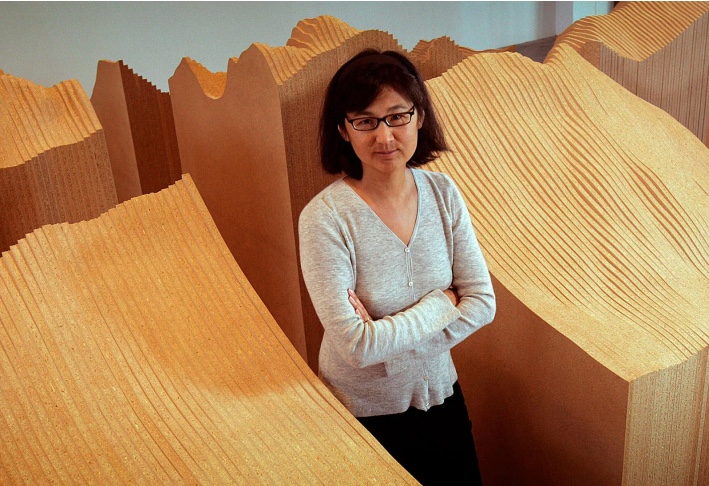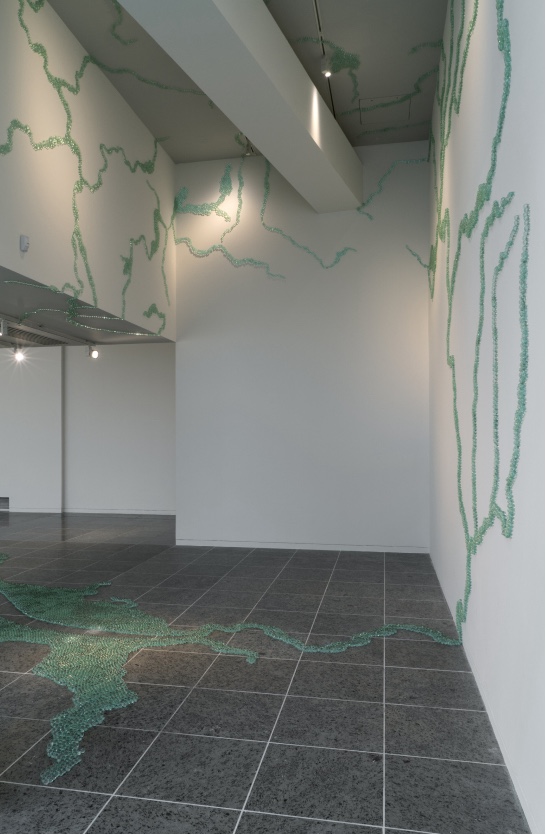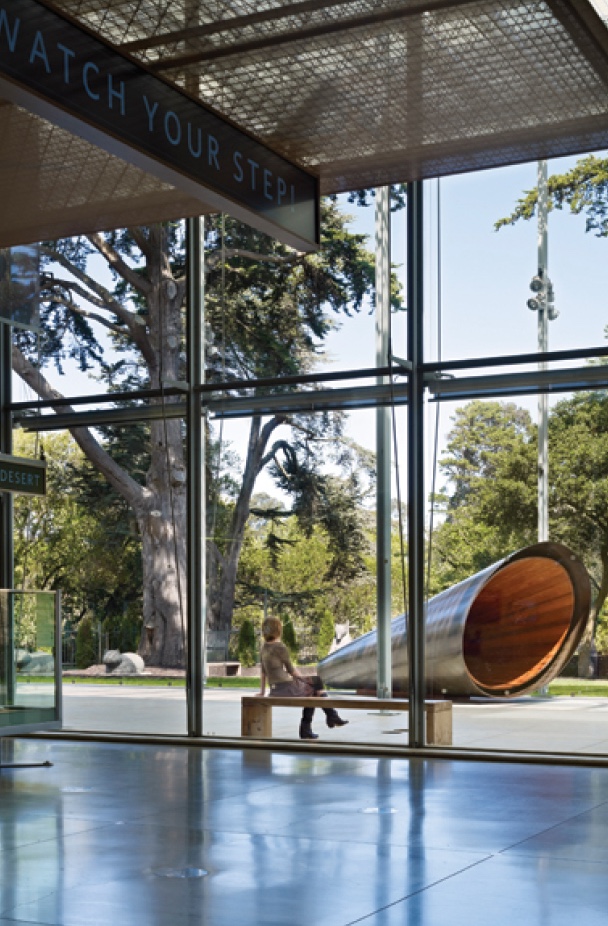MAYA LIN

Maya Lin grew up in Ohio, the daughter of Chinese immigrants, where her connection to the natural landscape and her family’s respect for learning shaped her perspective. From an early age, Maya felt the need to understand how human structures and nature could coexist, an idea that has become central to her work as an artist and architect.
"I aim to create work that explores the intersection of nature, memory, and culture."

Renowned Environmental Artist
Maya Lin's art career began with her ground-breaking design for the Vietnam Veterans Memorial in Washington, D.C., a project she created as a student. Since then, she has become one of the most influential environmental artists, using her work to highlight ecological awareness and the impact of human activity on nature.

Creator of the "What is Missing?" Project
Lin founded What is Missing?, a multimedia project aimed at raising awareness about biodiversity loss and climate change. Through installations, videos, and digital art, she invites viewers to confront the sixth mass extinction and explore potential solutions for a sustainable future.
"It wasn't this idea of heightening what was naturally there. It was about creating something wholly out of her imagination."
What are your earliest influences as an artist?
My childhood was filled with long hours spent in the forests near my home, observing the forms and rhythms of trees and rivers. Nature itself became my first teacher, revealing to me the delicate balance that sustains life.
How does environmental activism influence your art now?
My work now embraces the urgency of climate action, creating spaces that remind people of our connection to the earth. I want my art to serve as both a warning and a call to reimagine how we live in harmony with the environment.
What excites you about future projects?
Exploring new ways to bring invisible aspects of nature to light excites me—especially through emerging technologies. I’m working on a series that combines art and data to visualize water ecosystems, inviting people to see the hidden life systems that sustain us all.
What inspired the creation of Ghost Forest and Ghost Forest Seedlings?
The idea of Ghost Forest came from witnessing the effects of climate change firsthand and feeling a responsibility to bring attention to it. I wanted to show people the haunting beauty of trees that had died due to rising sea levels, to make tangible the impacts of environmental degradation. Ghost Forest Seedlings extended this vision into the digital realm, capturing the unseen life of roots, emphasizing the resilience of nature and the critical role of soil ecosystems in our planet’s health.
